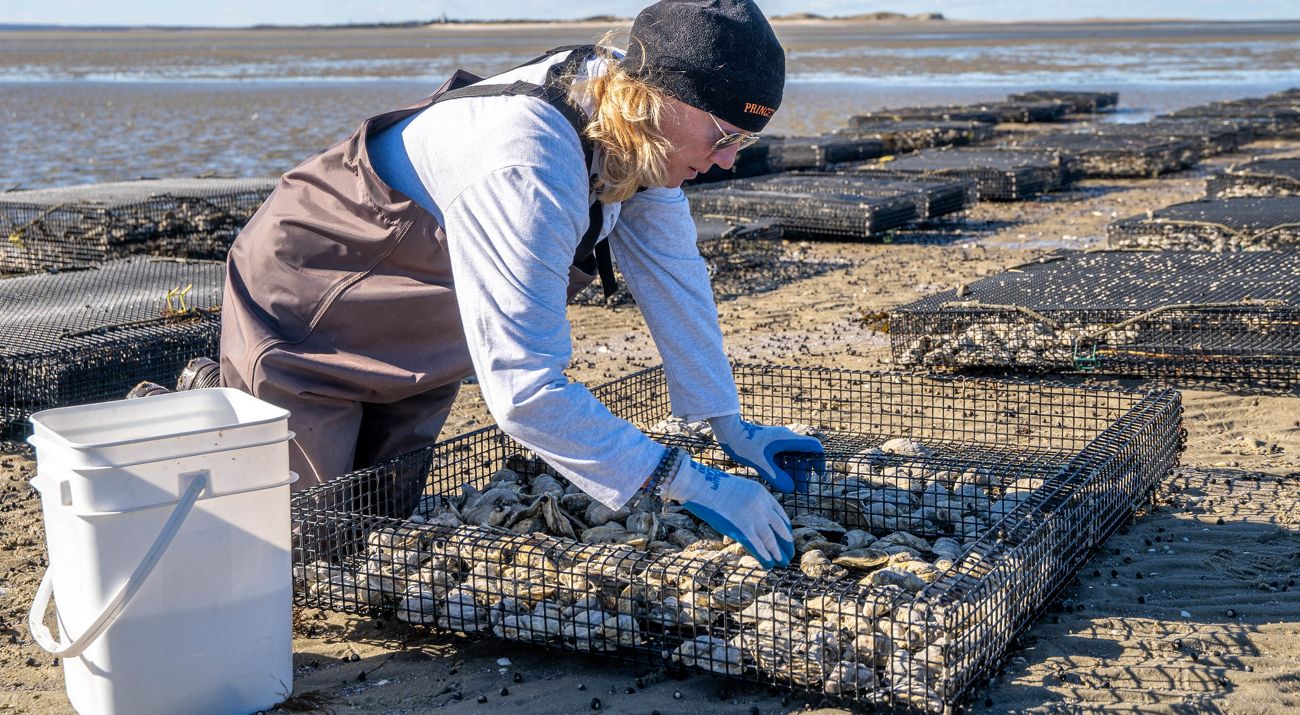Chan, S.S.W., Wong, H.T., Thomas, M., Alleway, H.K., Hancock, B., Russell, B.D., 2022. Increased Biodiversity Associated With Abandoned Benthic Oyster Farms Highlight Ecosystem Benefits of Both Oyster Reefs and Traditional Aquaculture. Frontiers in Marine Science 9.
Want to learn more?
Read the paper herAbstract: Oyster reefs are structurally complex habitats which are increasingly recognized for their importance in estuarine systems. With over 85% of oyster reefs lost to human activities globally, there is increasing interest in aquaculture to not only meet the growing need for food worldwide, but also enhance ecological functions and services. Prime among these services is the provision of habitat for marine biodiversity.
We assessed the biodiversity associated with an abandoned benthic oyster farm to investigate the potential ecological benefits of benthic farming techniques used in traditional oyster farms. In addition, we made note of any invasive species which may use these abandoned structures as habitat. The macrobenthic assemblage in the oyster habitat formed by the farm was different from the surrounding mudflats, containing 61 and 26 species, respectively. Density of invertebrates was similar in both habitats (~ 5,777 ± 981 indiv·m−2), but biomass in the oyster farm over ten times greater than the mudflat substrate, which had a fauna dominated by small polychaetes (<5 mm long). Molluscs and crustaceans were especially abundant in the oyster habitat and contributed to 90% of the enhanced biomass associated with oyster habitat (excluding oyster biomass). Only one invasive species was documented, the mussel Xenostrobus secures, but at densities lower than nearby artificial substrates (e.g., concrete shorelines).
Oyster development on this abandoned farm appears to be self-sustaining, provide habitat and trophic support for associated benthic macrofauna. In addition to supporting higher biodiversity and biomass of associated species, traditional oyster aquaculture could improve the restoration potential of oyster reefs by supporting broodstock of native oysters, thus maintaining larval supply.
